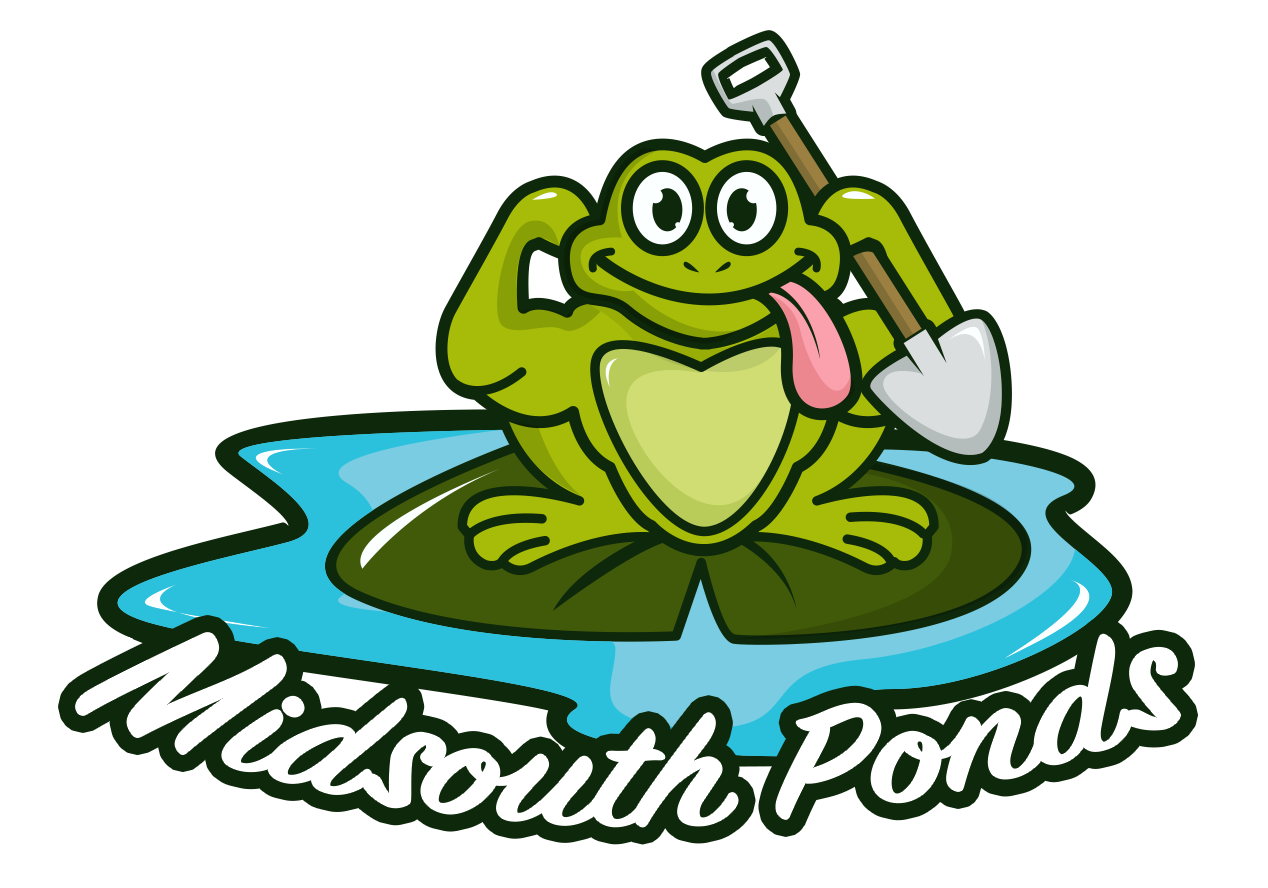A koi pond can be the centerpiece of a garden, a tranquil oasis that captivates with its serene beauty and the graceful dance of its inhabitants. Yet, beneath the surface, a common foe lurks: sludge. This murky adversary, if left unchecked, can tarnish your pond’s health and aesthetics. Let’s explore five superior strategies to combat pond sludge, ensuring your koi remain the stars of your outdoor sanctuary.
Understanding Pond Sludge
Before diving into removal techniques, it’s crucial to comprehend what pond sludge is. It’s a mix of organic matter—like leaves, fish waste, and uneaten food—that settles at the bottom. Over time, this sludge can deplete oxygen levels, harming your pond’s ecosystem.
Strategy 1: The Power of Beneficial Bacteria
Introducing beneficial bacteria is a natural and effective way to break down organic waste. These microscopic allies consume sludge, transforming your pond’s floor from a wasteland into a clean substrate.
Strategy 2: The Pond Vacuum Approach
A pond vacuum is an essential tool for sludge removal. It works like an underwater vacuum cleaner, efficiently sucking up the muck. For larger ponds, consider a professional-grade muck dredge for a deeper clean.
Strategy 3: Manual Sludge Removal
Sometimes, the direct approach works best. Using a fine net, manually scoop out the sludge. It’s labor-intensive but can significantly reduce the sludge layer.
Strategy 4: Complete Pond Drainage and Clean
When other methods fall short, draining and cleaning your pond might be necessary. This method allows for a thorough sludge removal and an opportunity to inspect the pond’s liner and overall condition.
Strategy 5: Preventative Measures
Prevention is the best defense against sludge. Regularly remove debris, maintain a balanced ecosystem with plants, and ensure proper aeration to discourage sludge formation.
By implementing these strategies, you can maintain a healthy, vibrant koi pond that’s free of sludge. Not only does this enhance the beauty of your water feature, but it also ensures a better quality of life for your koi.
FAQs
Q: How often should I clean my koi pond to prevent sludge buildup?
A: Regular maintenance, including weekly debris removal and monthly beneficial bacteria treatments, can keep sludge at bay.
Q: Can pond sludge be used as fertilizer?
A: Yes, once dried, it can be a nutrient-rich fertilizer for your garden plants.
Q: Is it safe to use a pond vacuum with fish in the pond?
A: Yes, pond vacuums are designed to be safe for fish as long as they are used correctly.
Q: How can I tell if my pond has too much sludge?
A: Visible muck accumulation, poor water clarity, and foul odors are common indicators.
Q: Does adding more plants to my pond prevent sludge?
A: Beneficial plants can compete with algae for nutrients, helping to keep the pond clean.



